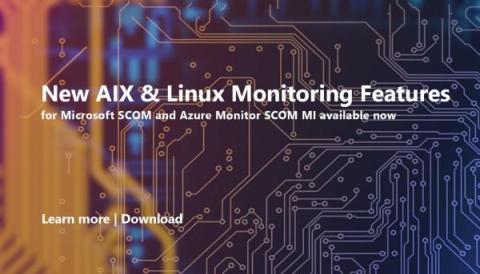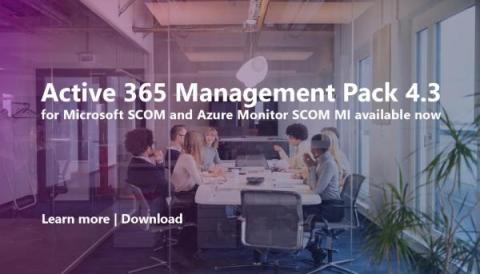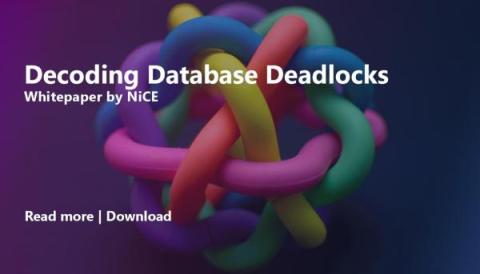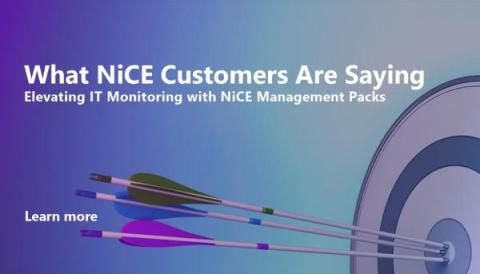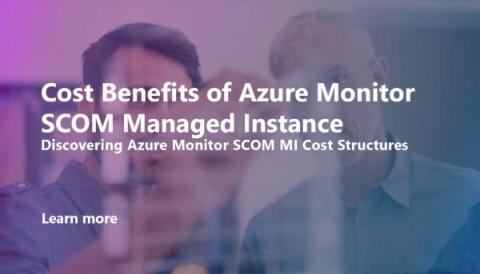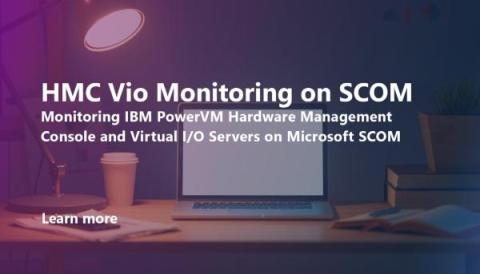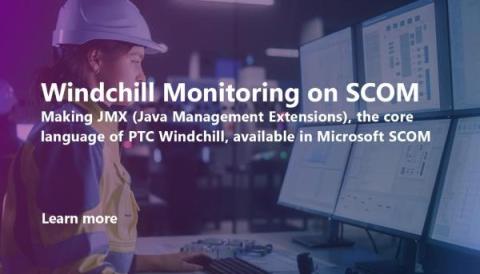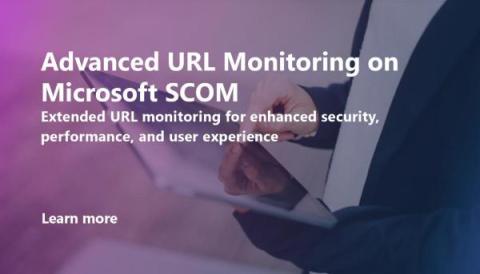New AIX and Linux Monitoring Features on Microsoft SCOM and Azure
We’re thrilled to announce the latest releases of the NiCE Linux Power Management Pack and the NiCE AIX Management Pack for Microsoft SCOM and Azure Monitor SCOM MI, packed with exciting new features and enhancements to bolster your monitoring experience across Linux and AIX environments. Our team has been hard at work to ensure seamless compatibility, robust performance, and enhanced security across both platforms, and we’re excited to share what’s new.


